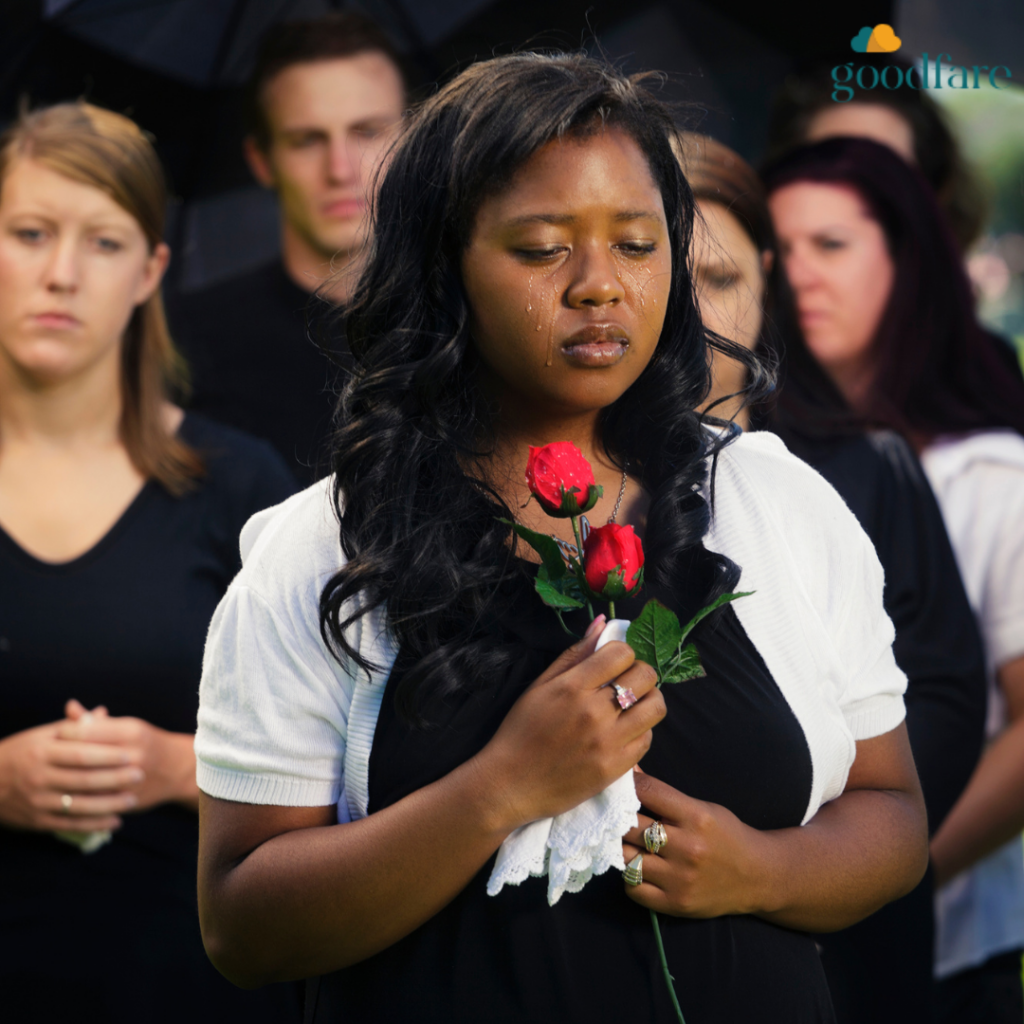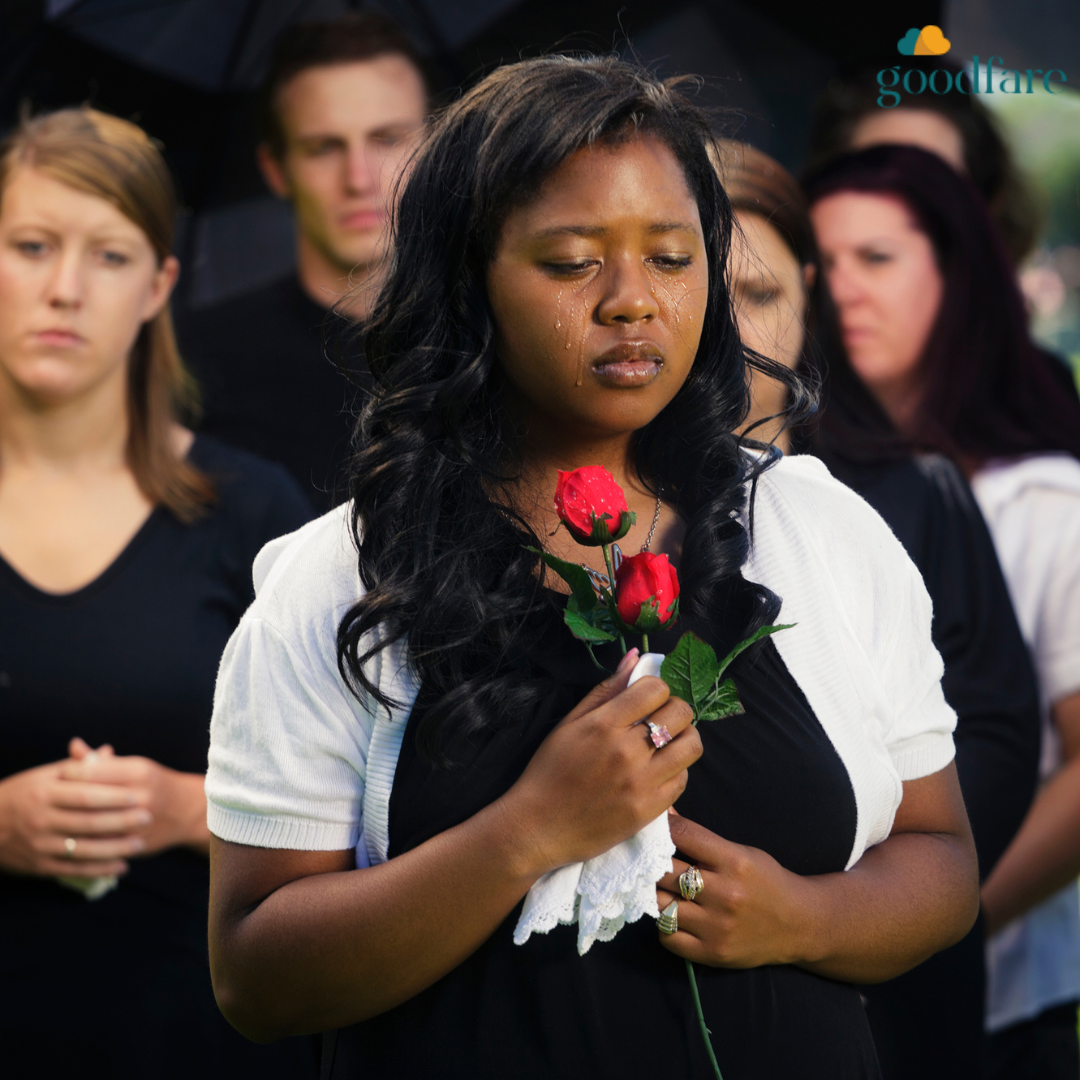What Happens at a Funeral?
Funerals are an essential part of the grieving process, offering a formal way to honor and remember a loved one who has passed away.
Attending a funeral can provide comfort and closure for those left behind, helping them navigate through their grief. Understanding what happens at a funeral can help you prepare for the day and know what to expect.
We will discuss who can attend a funeral, including the differences between open and private funerals, and provide guidance on whether children should attend. Finally, we will address what to expect during a funeral, including the emotional atmosphere, common activities like eulogies and hymns, post-funeral events, burials, and cremations.

Transportation and Procession Details
The funeral day often begins with the transportation of the deceased from the funeral home or family home to the location of the service.
This journey is usually made in a traditional hearse, but alternative vehicles such as a horse-drawn carriage, motorcycle hearse, or even a vintage VW campervan can also be used, reflecting the personality or wishes of the deceased.
Procession to the Funeral Venue
- The hearse typically leads a procession of cars, which may include limousines carrying close family and friends of the deceased.
- The order of the procession can be personalized according to the family’s wishes, and there is no strict protocol for who walks in first.
Upon Arrival
- Pallbearers, who are often close family members or friends, will carry the coffin into the venue where the service will be held.
- Attendees usually follow the coffin into the venue and take their seats. Traditionally, immediate family and close friends sit at the front, closest to the coffin.
Personal Tributes
- Any pre-selected flowers or photo tributes are placed alongside the coffin.
- Guests are often provided with a program of the service upon arrival, detailing the order of events and any specific instructions.
Procession Etiquette
- It’s essential to follow the lead of the funeral director or officiant for cues on when to enter, sit, or stand.
- Maintaining a respectful and quiet demeanor throughout the procession and service is important to honor the solemnity of the occasion.
This section sets the stage for the funeral service itself, providing a dignified and organized beginning to the day’s events.
Structure of the Funeral Service
The structure of a funeral service can vary significantly depending on cultural practices, religious beliefs, and the personal wishes of the deceased and their family.
However, most funeral services follow a similar general outline, providing a sense of order and purpose to the proceedings.
Typical Order of Service
-
Opening Remarks
-
-
- The service usually begins with opening remarks from the officiant, who could be a member of the clergy, a celebrant, or a close friend or family member of the deceased.
- These remarks often include a welcome message and an acknowledgment of the purpose of the gathering.
-
-
Readings and Eulogies
-
-
- Selected readings, such as poems, religious texts, or passages from literature, are often included.
- Eulogies are delivered by friends or family members, providing an opportunity to share memories and celebrate the life of the deceased.
- Some families may also include a video or photo slideshow as a visual tribute.
-
-
Music and Hymns
-
-
- Music plays a significant role in many funeral services, with choices often reflecting the tastes or beliefs of the deceased.
- Hymns or secular songs may be sung by the congregation, or there may be solo performances.
-
-
Sermon or Message
-
-
- In religious services, a sermon or message is usually delivered by the officiant, offering spiritual comfort and reflections on the deceased’s life and legacy.
- Non-religious services may feature a similar message, focusing on themes of remembrance and celebration of life.
-
-
Committal Service
-
-
- Following the ceremony, the committal service takes place. This can involve the transportation of the deceased to a burial site or crematorium.
- At the burial site, the coffin is lowered into the grave, often accompanied by a brief ceremony and final words from the officiant.
-
-
Closing Remarks
-
- The service concludes with closing remarks, including thanks to attendees and information about any post-funeral gatherings.
Role of the Celebrant or Clergy
- The celebrant or clergy leads the service, ensuring that it progresses smoothly and respectfully.
- They often work closely with the family beforehand to understand their wishes and incorporate personal elements into the service.
- Their role is to provide comfort, guidance, and support throughout the ceremony.
The structure of the funeral service is designed to honor the deceased’s memory while providing solace to the bereaved. It is a time for reflection, remembrance, and, ultimately, a step towards healing.
Funeral Etiquette

Attending a funeral involves adhering to certain etiquette to ensure the occasion remains respectful and dignified. Knowing the expected behavior, dress code, and participation guidelines can help attendees navigate the day with confidence and sensitivity.
Arrival and Behavior
- Punctuality: Arriving on time is crucial. It’s advisable to arrive at least 10-15 minutes before the service starts to find seating and settle in.
- Silence and Respect: Maintain a quiet demeanor throughout the service. Conversations should be kept to a minimum and conducted in hushed tones.
- Phones: Ensure mobile phones are turned off or set to silent mode to avoid disturbances during the service.
Dress Code
- Conservative Attire: Funerals generally call for conservative and respectful attire. Dark colors such as black, navy, or gray are traditional choices.
- Men’s Attire: Men typically wear suits or smart trousers with a collared shirt. Ties are also recommended.
- Women’s Attire: Women should opt for dresses, skirts, or trousers with modest tops. Avoid overly bright colors or flashy accessories.
- Cultural Considerations: Be mindful of specific cultural or religious dress codes that may apply, such as head coverings or particular colors.
Guidelines for Participation and Speaking
- Seating Arrangements: Follow any instructions regarding seating, with immediate family and close friends usually seated at the front.
- Participation: Engage in communal activities such as singing hymns or saying prayers, following the lead of the officiant or celebrant.
- Speaking: If invited to speak, keep remarks brief and focused on positive memories of the deceased. Prepare your speech in advance to ensure it is coherent and respectful.
Expressing Condolences
- Offering Sympathies: It’s customary to offer condolences to the family, either verbally or through written messages. Simple phrases like “I’m sorry for your loss” or “You have my deepest sympathies” are appropriate.
- Physical Gestures: Handshakes, hugs, or a gentle touch on the arm can convey sympathy, but be mindful of the family’s preferences and personal boundaries.
- Condolence Cards and Flowers: Sending a condolence card or flowers to the family can be a thoughtful gesture. Ensure that any messages are heartfelt and sincere.
Adhering to these etiquette guidelines helps maintain the dignity of the funeral service and shows respect for the deceased and their family.
Attendance at Funerals
Determining who can attend a funeral and understanding the distinctions between different types of funerals can help in making informed decisions about participation. This section will also provide guidance on whether children should attend funerals.
Open vs. Private Funerals
- Open Funerals: These are typically open to anyone who wishes to attend, including friends, extended family, colleagues, and members of the community. Announcements about open funerals are often made through public notices or social media.
- Private Funerals: Attendance at private funerals is restricted to close family and friends. Invitations are usually sent directly to those the family wishes to include. The smaller, more intimate setting allows for a more personal and private grieving process.
Children at Funerals
- Age Considerations: There is no strict age limit for children attending funerals, but their presence should be considered based on their maturity and ability to understand the situation.
- Preparing Children: Explain to children what to expect at the funeral, including the emotional atmosphere, the possibility of seeing the body, and the behaviors they may observe. This helps them feel more comfortable and less anxious.
- Participation: Children can participate in the funeral service if they wish, such as by saying a few words or placing a flower on the coffin. However, they should not be pressured to do so.
- Support: Ensure that there is a trusted adult who can support and accompany the child throughout the service. This person can provide comfort and answer any questions the child may have.
Guidelines for Attendance
- Respecting Wishes: Always respect the family’s wishes regarding attendance. If the funeral is private, only attend if you have been explicitly invited.
- RSVP: If asked to RSVP, respond promptly to help the family plan the service accordingly.
- Inclusivity: Be inclusive and sensitive to the diverse ways people may wish to grieve and show support. For example, some may prefer to attend virtually if a live stream is available.
Attending a funeral is a way to show support for the bereaved family and pay respects to the deceased.
Whether the funeral is open or private, and whether children are present, respecting the wishes of the family and following appropriate guidelines ensures the occasion remains respectful and meaningful.
What to Expect During a Funeral
Funerals are deeply emotional events, and understanding what to expect can help you navigate the experience with sensitivity and respect. This section covers the emotional atmosphere, common activities such as eulogies and hymns, and post-funeral events like wakes or receptions.
Emotional Atmosphere

- Range of Emotions: Expect a wide range of emotions from attendees. Grief can manifest in various ways, including crying, silence, and even laughter as people share memories.
- Respectful Silence: During key moments of the service, such as readings or eulogies, maintaining a respectful silence is important.
- Supportive Environment: Funerals often foster a supportive environment where attendees can find comfort in shared grief and mutual support.
Common Activities
- Eulogies: Eulogies are heartfelt speeches that honor the life and legacy of the deceased. Delivered by family members, friends, or the officiant, eulogies reflect on the person’s character, achievements, and the impact they had on others.
- Readings: Selected readings, including religious texts, poems, or personal writings, are often included to provide comfort and reflection.
- Music and Hymns: Music is a significant element of many funeral services. Hymns, songs, and instrumental pieces chosen by the family can evoke memories and provide solace.
- Visual Tributes: Photo slideshows or videos may be shown to celebrate the deceased’s life, offering a visual journey through their memories and experiences.
Post-Funeral Events
- Wakes and Receptions: After the funeral service, it is common to hold a wake or reception. This gathering allows attendees to share memories, offer condolences, and provide support to the bereaved family.
- Burials and Cremations: Depending on the family’s choice, the deceased may be buried or cremated. The committal service at the burial site or crematorium is often a brief ceremony where final goodbyes are said.
- Graveside Services: For burials, a graveside service may be held where attendees gather at the burial site. The coffin is lowered into the grave, and attendees may place flowers or mementos as a final tribute.
Special Considerations
- Open-Casket Funerals: If the funeral includes an open casket, attendees may view the body. This can provide closure for some, while others may choose not to view the body.
- Photography and Recording: The appropriateness of taking photos or recording the service depends on the family’s wishes. Always ask for permission before taking any photos.
- Sending Flowers and Messages: Sending flowers, sympathy cards, or messages of condolence is a thoughtful way to show support. Ensure that any messages are sincere and respectful.
FAQs
- Can I attend a funeral if I’m not invited? If the funeral is private, only attend if you have been invited. For open funerals, anyone who wishes to pay their respects can attend.
- What should I wear to a funeral? Opt for conservative and respectful attire, usually in dark colors. Follow any specific dress code provided by the family.
- Should children attend funerals? Children can attend funerals, but it’s important to prepare them for the experience and ensure they have support throughout the service.
Conclusion
These aspects of a funeral can help you approach the occasion with confidence and empathy. By being mindful of the emotional atmosphere, participating respectfully, and following appropriate etiquette, you can honor the memory of the deceased and provide meaningful support to their loved ones.

Leave a Comment